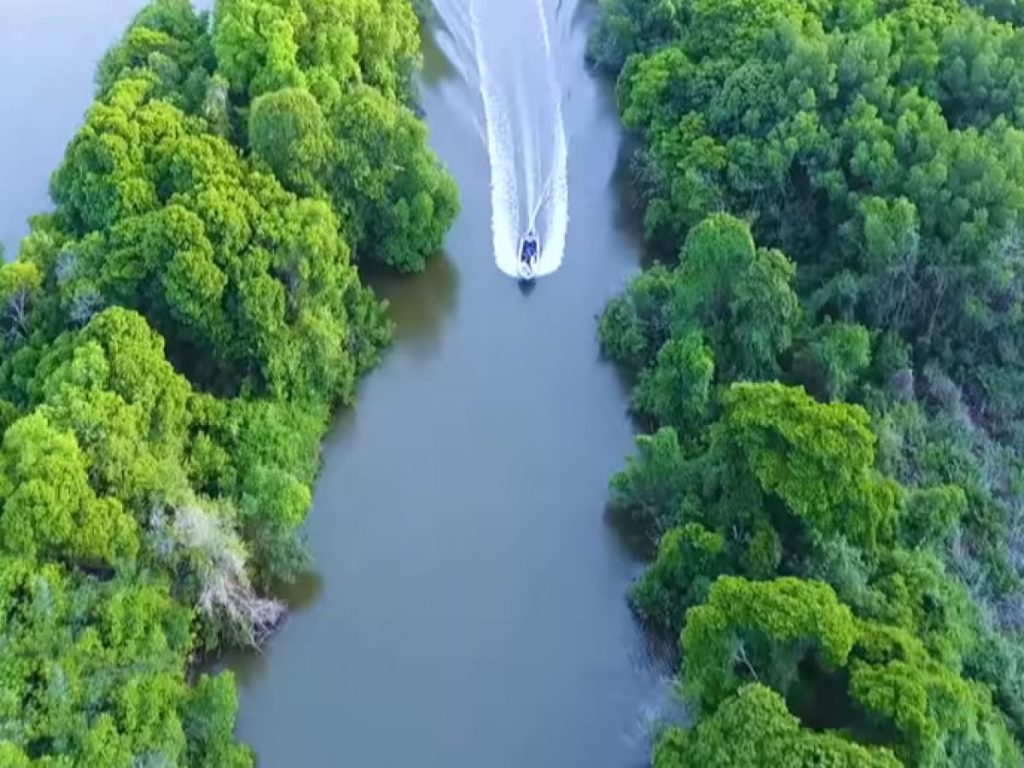Negombo Lagoon, located along the western coast of Sri Lanka, is a serene and picturesque body of water that plays a vital role in the livelihood of the local fishing community. Situated just north of Colombo and near the bustling town of Negombo, the lagoon is a blend of natural beauty and cultural heritage, making it a popular destination for both nature lovers and those interested in experiencing traditional Sri Lankan coastal life.
The lagoon spans approximately 35 square kilometers and is fed by several rivers, making it an important ecosystem teeming with aquatic life. Mangrove forests surround its shores, creating a rich habitat for numerous species of birds, fish, and crustaceans. The calm waters of the lagoon are ideal for boat tours, where visitors can explore its winding channels and observe the daily activities of local fishermen who have worked these waters for generations.
Fishing is the lifeblood of Negombo’s coastal community, and the lagoon is the center of this industry. Visitors can witness traditional fishing techniques such as drag netting and cast netting, practices that have been passed down through the centuries. Canoes and small boats dot the lagoon, often carrying fishermen returning with their daily catch of prawns, crabs, and various types of fish. The vibrant fish markets along the lagoon’s edge offer an authentic look into the area’s seafood trade, where fresh catches are sold to locals and visitors alike.
Negombo Lagoon is also a haven for birdwatchers. Its mangroves and wetlands attract a diverse range of bird species, including herons, egrets, kingfishers, and cormorants. Early morning or late afternoon boat rides provide excellent opportunities for birdwatching, as well as for enjoying the peaceful atmosphere of the lagoon. The surrounding scenery, with its lush greenery and tranquil waters, makes it an ideal spot for nature photography.
In addition to its natural beauty and fishing culture, Negombo Lagoon has a rich historical significance. The area was once a key location for the Portuguese, Dutch, and British colonial powers, who all sought control over its strategic waters. Remnants of colonial history can still be seen in the nearby town of Negombo, including the Dutch Fort and the old canals, which were used for transportation and trade during colonial times.
The best time to visit Negombo Lagoon is during the early morning or late afternoon, when the sun casts a golden glow over the water, and the activities of the lagoon come alive. Whether you’re interested in learning about Sri Lanka’s fishing traditions, exploring its natural beauty, or simply taking a relaxing boat ride, Negombo Lagoon offers a peaceful retreat with a unique cultural experience.

